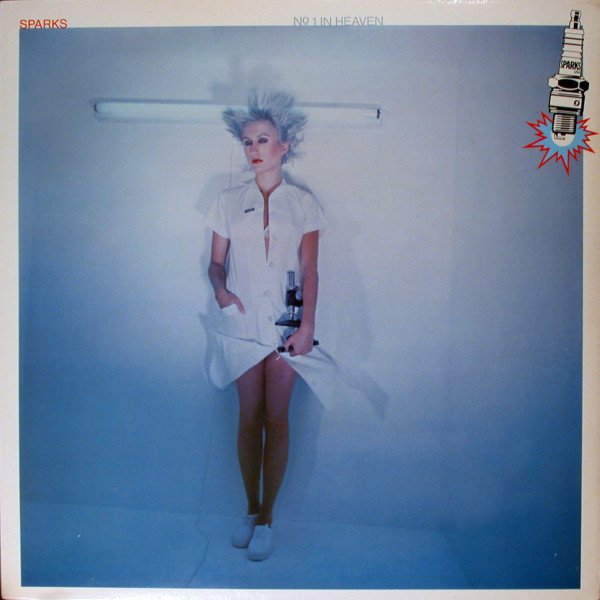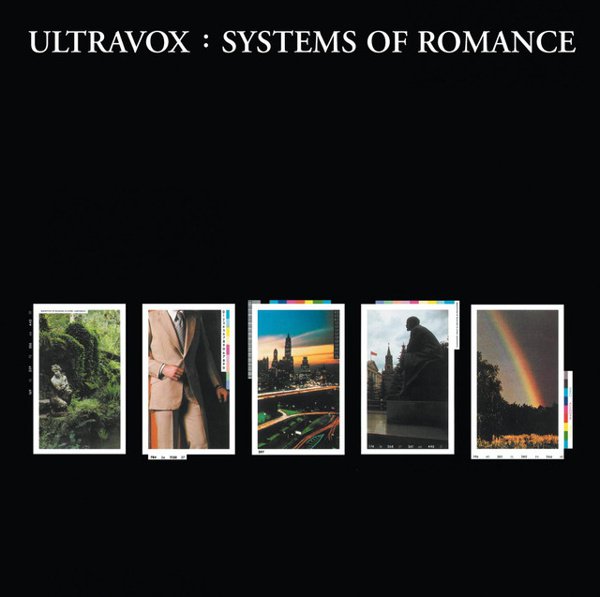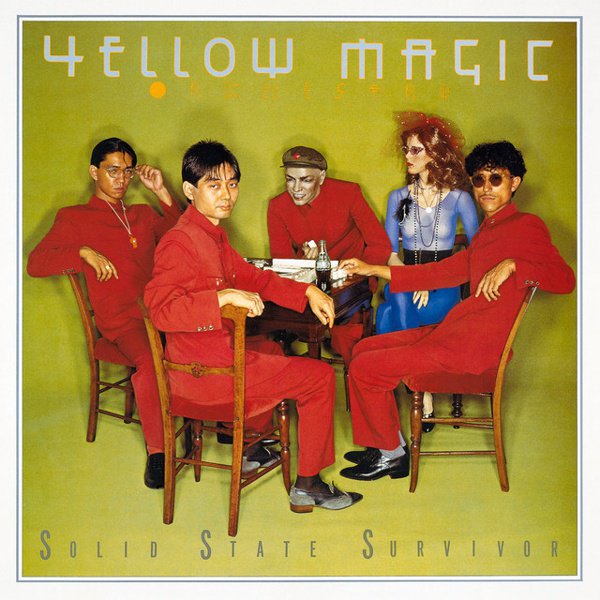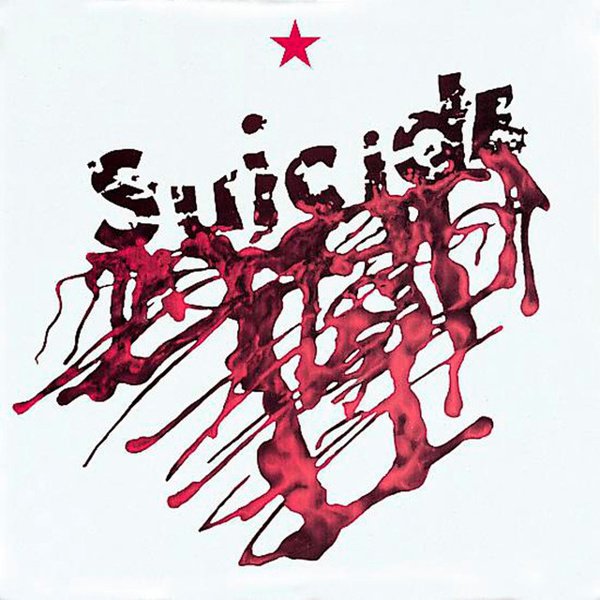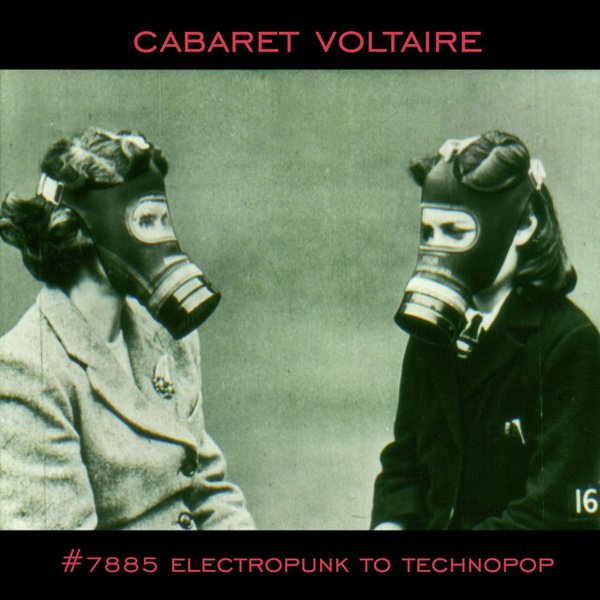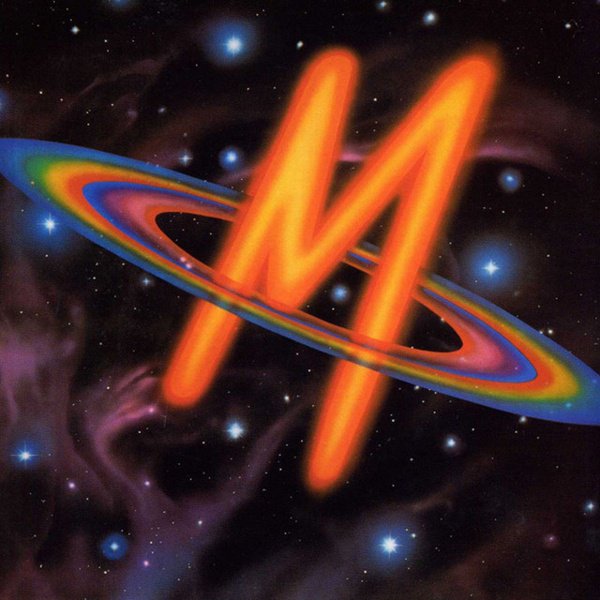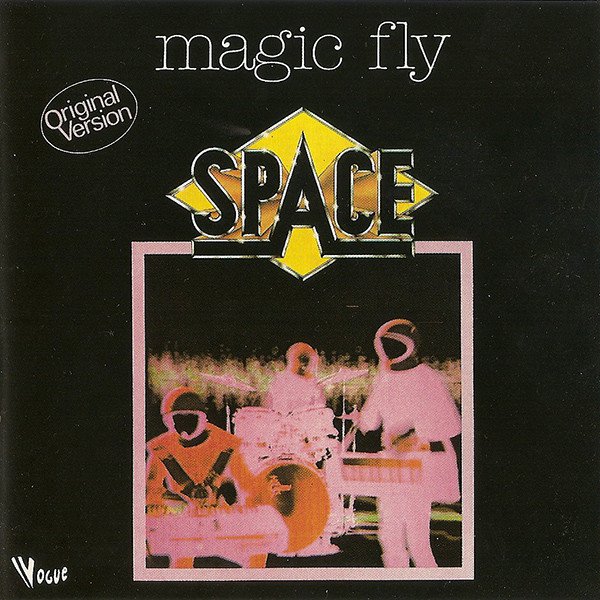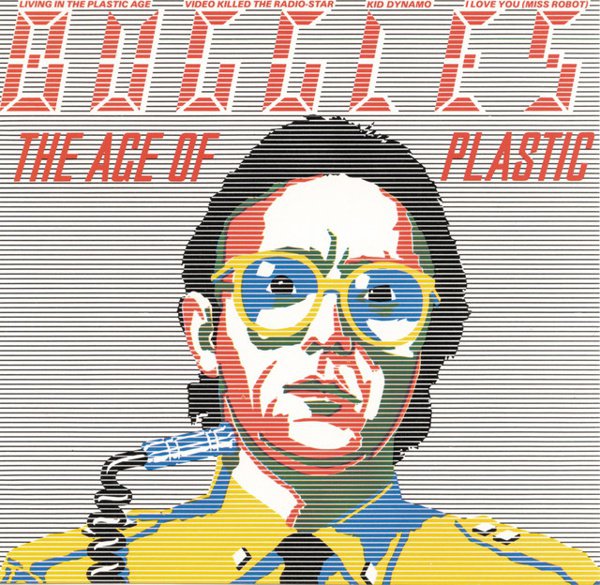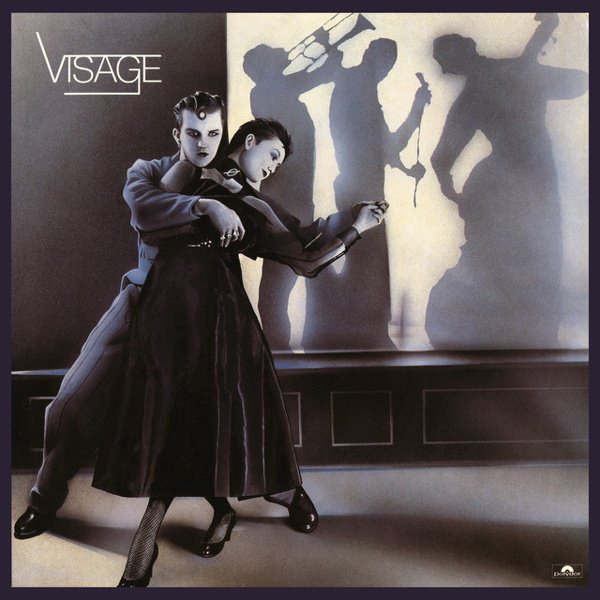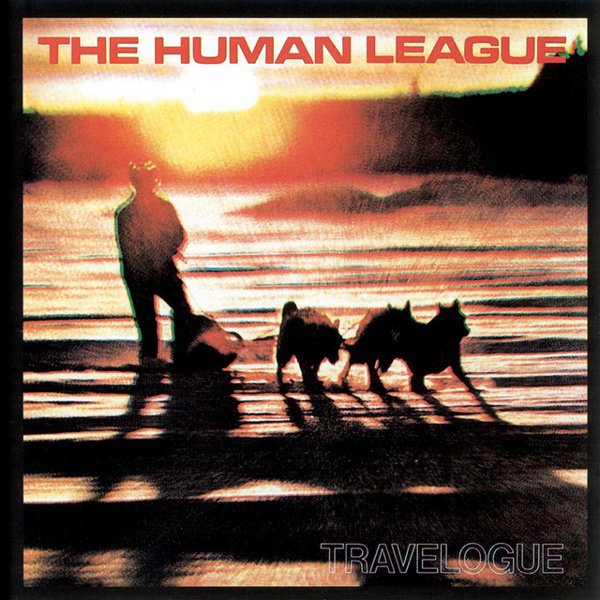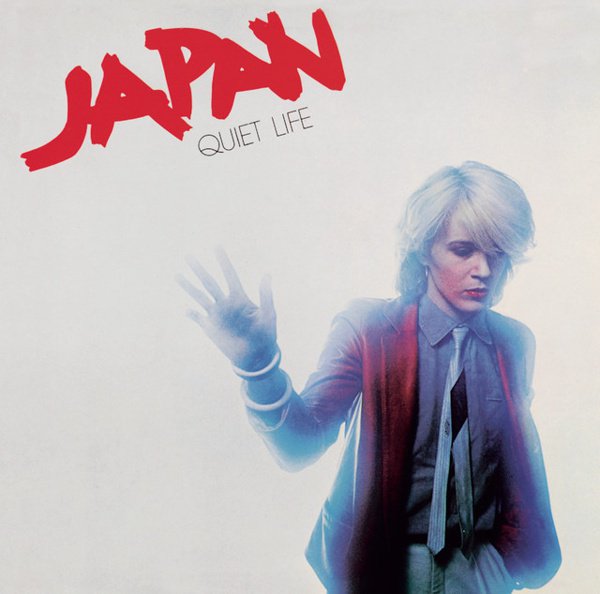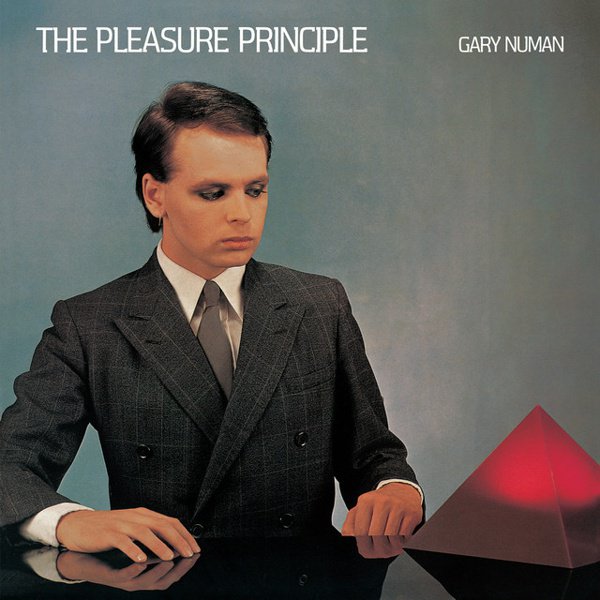The history of purely electronic instruments, whether designed to replicate or extend the possibilities of acoustic instruments or designed sui generis for an electrified world, such as the theremin, was already decades old by the time of the late 1970s. In particular, electronic keyboards had been part of the possibilities of numerous musical forms and approaches in the decades prior to that time, whether it was the likes of Hammond organs, such the Hammond B-3 model that Jimmy Smith popularized, or the famed Moog synthesizers and Mellotrons which became integral parts of psychedelic and progressive rock. Stevie Wonder’s use alone of the TONTO synthesizer, a massive instrument that was key to his amazing run of 1970s albums and singles in particular, wrote such approaches directly into the wider discourse of pop music. As the late seventies approached, initial developments by companies such as Yamaha, Casio and Roland in the realm of cheaper and more portable digital synths in particular were already well under way, all while the general groundwork for what became known generally as synthpop was being laid worldwide.
No one artist or act was the core source of synthpop, much less even one scene, but notable figures had already established themselves as the 1970s were ending. In Germany, Kraftwerk had evolved over time into a purely electronic and vocals act, with a formal visual aesthetic to match their simultaneously icy and warmly catchy songs, while Giorgio Moroder and his creative team were applying synth bass work and other electronic elements to his successful string of disco productions, particularly with Donna Summer and Sparks. In New York, the underground band Suicide, themselves having been working for years as a confrontational vocal/organ duo, gained new attention in the wake of punk, while in Japan the veteran musicians who formed Yellow Magic Orchestra started presenting their own technological visions. David Bowie and Brian Eno took note of all this and more during their late 1970s collaborations, and soon a slew of UK musicians in particular were taking visual, sonic and artistic inspiration from all the above and more, a trend that started to go fully overground in 1979 and 1980. What initially seemed like a couple of fluke smashes in particular from acts like M and Gary Numan, though, was only the start of an incipient synthpop wave.

